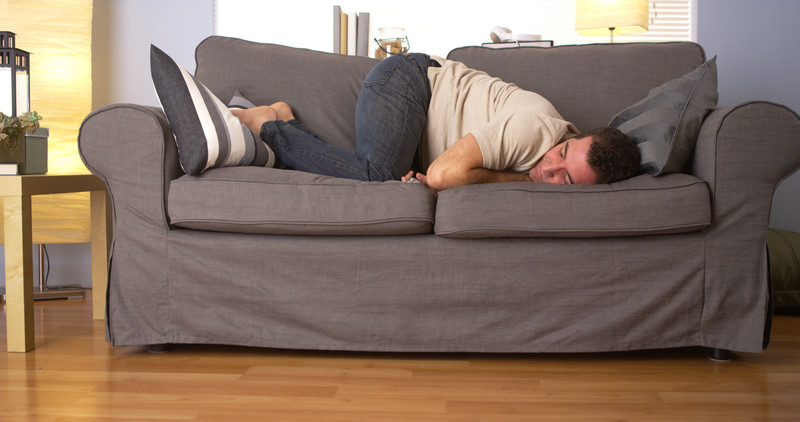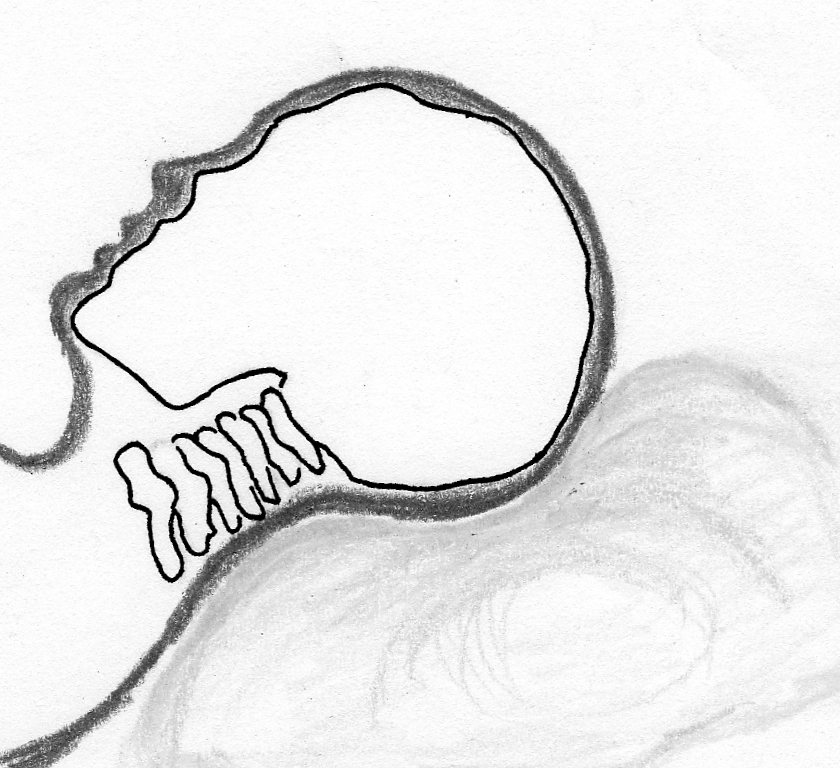9. Sleep wisely and well!
Usually then we think about posture, we think about the way we hold our bodies while standing, sitting or lifting — not about how we’re sleeping! But we spend more time asleep — one third of our lives! — than in any other position! So CHOOSE your sleeping posture, don’t just let it happen! If you train yourself to sleep in an appropriate position, you’ll experience an improved night’s rest along with all the health advantages that go along with that!
Choosing the WRONG sleeping position:

- causes sleep deprivation
- results in shoulder pain, neck and back pain, and even chronic headaches
- compresses your lungs, making it difficult to breathe correctly
- puts pressure on joints and muscles, which can irritate nerves (resulting in pain, numbness, and tingling)
- damages the spine and its supportive structures

Choosing the RIGHT sleeping position:
- renews energy and replenishes cells, providing recovery from the normal stresses and strains of life
- enables deep breathing
- maintains the natural curves of the spine
NOT on your stomach!
Sleeping on your stomach places strain on the joints, muscles, and nerves of your back and neck. It also compresses your lungs, making it difficult to breathe deeply.
TIP: To help yourself break the habit of stomach sleeping, sew or tape something uncomfortable to the front of your sleepwear; then if you roll onto your front, you will experience discomfort and return to a better position.
But if you MUST:
- Let your feet hang over the end of the bed, so your toes are not pointed
- Put a pillow under one or both hips. This will reduce the curve in your lower back.
- Roll up your pillow and put it under your forehead, to keep your neck straight and your head facing down. (Keeping your head turned to one side all night puts tremendous strain on your spine and neck muscles.)
Side sleeping is better!
Many people sleep on their sides — and this IS a good option! Side sleeping can help prevent heartburn and acid reflux. But there are a few things to remember:

- Maintain a straight spine! Your neck should be straight, in alignment with your spine. Your back should also be straight, with your shoulders in line with your hips. Be sure that your top shoulder is above the shoulder you are lying on, and your top hip is above your lower hip. Don’t let your upper shoulder or hip lean forwards or back — that twists the spine and strains the discs. A pillow between your knees and another between your hands or elbows will help support your body alignment and keep your torso from drifting forward.
- Keep your chin level, don’t tip it down towards your chest or upwards.
- Bend your knees slightly, until your lower back is almost flat. (Not drawn up to your chest.)
- NEVER sleep with your arm under your head. This can put considerable strain on your shoulder joint and muscles.
- Bend your elbows slightly, don’t lock them.
- Change sides during the night to avoid damaging your organs.
- TIP: Placing a large pillow behind you might discourage rolling in the middle of the night, especially if you are trying to train yourself to sleep on your side.
Pillow talk:
The pillow under your head should be thick enough to support your head so that you neck stays in alignment with your spine.

If you lie on a too-thick pillow, your head will angle upwards, stretching the muscles and connective tissues on the lower side of your head.

And if you lie on a too-thin pillow, your head will bend downwards, stretching the muscles and tissues on the upper side of your neck. So, if you have broad shoulders, you may need two pillows; if you have narrow shoulders, a thin pillow will be enough.

Back sleeping is best!
Sleeping on your back is the easiest way to keep your head, neck and spine in alignment, while keeping their natural curves. When you lie flat with a pillow under your knees on a firm mattress, you are in a nearly perfect posture. A slightly bent knee reduces strain on the lower back.


It’s best to sleep with NO pillow or a very thin or contoured pillow under your head. The goal is to be comfortable while preserving the normal curve in your neck and keeping your head from flexing forward and causing muscle strain. You could also roll up a washcloth or use a small bolster pillow just under your neck.
However, back sleeping can make snoring and sleep apnea worse, so keep that in mind!
Added bonus: Sleeping on your back can help minimize wrinkles, since nothing is pressing on your face!
Tips for changing your sleeping posture:
- At first, practice your new posture for 10 minutes at a time; then try falling asleep in your new position.
- Return to your desired sleeping position if you move around during the night.
- Remember, pillows can help keep you from shifting — you may need them only in the beginning. TIP: Choose the firmest mattress that you can stand and still be comfortable. If a mattress is too soft, your hips will sink further into the bed than your head, creating strain in your lower back. Add a sheet of plywood under your mattress to try a firmer feel right away.

